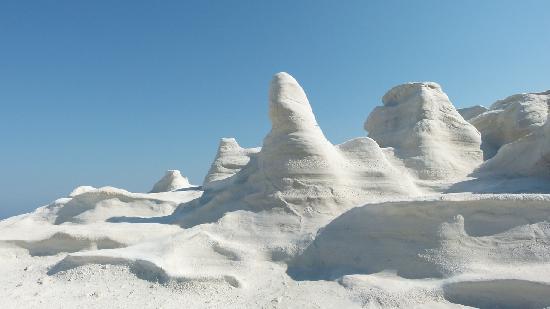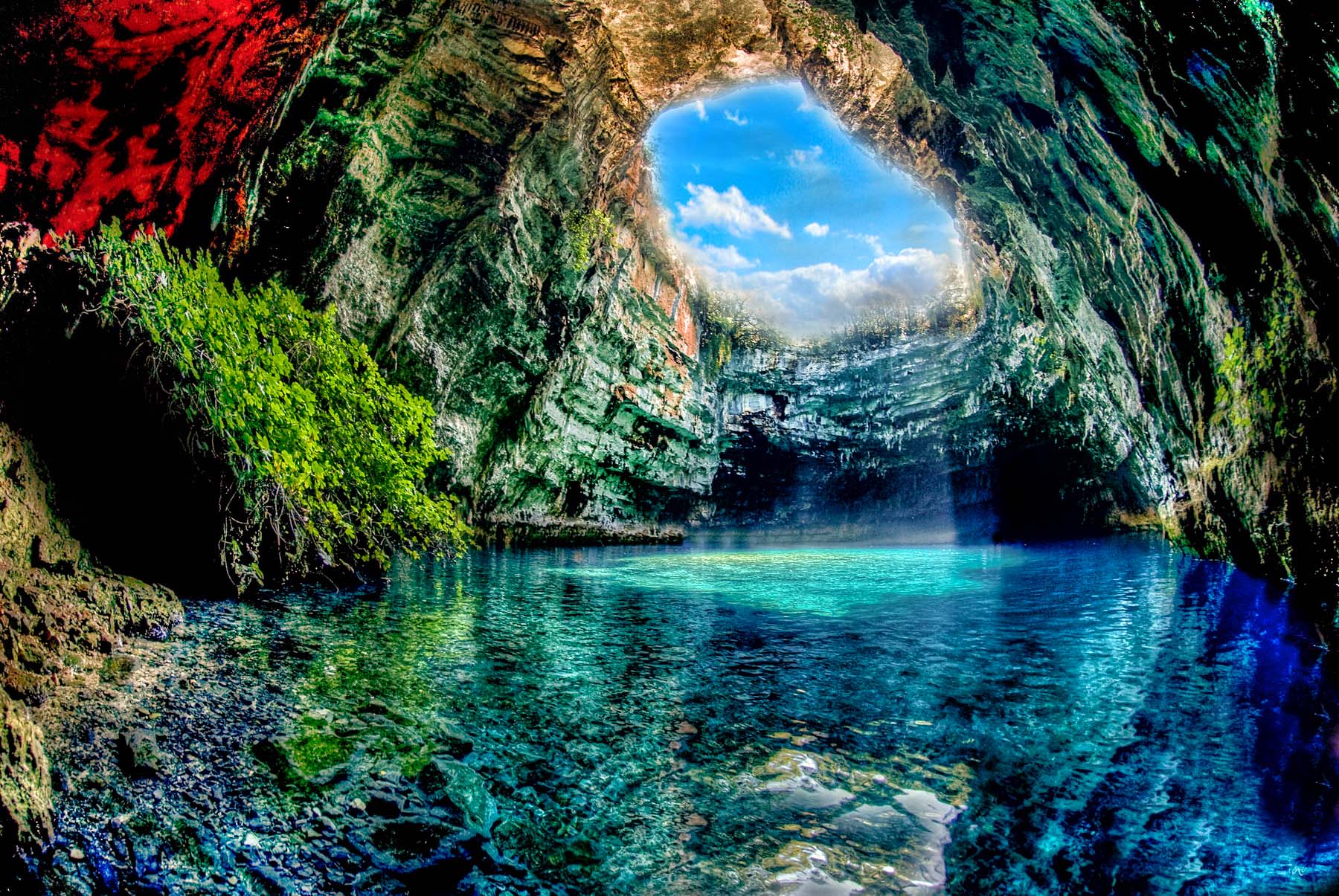It’s not surprising that Greece is the place where gods lived, nymphs were born, and where mysticism reigned supreme. A trip to Greece isn’t just about the sun and sea but also about feeling the mood of some of the most haunting places where lore and legends are still alive.
Castle of Methoni
A unique monastic community which comprises of 20 majestic monasteries, 12 hermitages and many monk communities. It is a World Heritage site and has enjoyed an autonomous statute since Byzantine times. Only men are allowed at Mount Athos and visitors must obtain a special permission.
Sarakiniko Beach, Milos
Bright white volcanic rocks without any signs of vegetation make an interesting contrast to the deep blue and turquoise waters.
Lake Tourlida, Messolonghi
A water wonderland.
Lake Kerkini
A serene paradise, ideal for birdlife enthusiasts… and fairies!
Monemvasia, Laconia
The medieval town of Monemvasia in Laconia is an exquisitely preserved fully-functional and fully inhabited settlement. It has a unique, eerie mysticism linked to its fascinating history. Standing at the highest tip of Monemvasia is the Church of Agia Sofia, among the oldest and most important Byzantine churches in Greece, with a great view of the Aegean Sea. This church was originally established in the 12th century by the Byzantine emperor Andronicus II and it was dedicated to Panagia Hodegetria, which means the Virgin who leads the way.
Melissani Cave, Kefalonia
Melissani cave with its sky-blue lake was traditionally the home of the nymphs. Legend has it that the nymph Melissanthi drowned herself here over unrequited love for god Pan. Hauntingly beautiful, it also constitutes a unique geological phenomenon created by water erosion of calcerous rocks.
Vlychada, Santorini
Santorini’s “Red Beach” may be the most famous but Vlychada is by far the most beautiful. Located on the south side of the island, its windswept sand formations transport visitors to a celestial location. Occasionally, the sand caves in and bulldozers are called in to dig out beachgoers which may explain why it is one of the quieter locations on the island… The truth is, the abandoned factories nearby, the ashen volcanic sand and the risk factor just add to the eerie quality of this picturesque beach.
Meteora, Thessaly
Meteora literally means “suspended in the air” or “in the heavens above”. The Holy Monastery of Rousanou is just one of the six monasteries built on natural sandstone rock pillars in the region on the northwestern edge of the Plain of Thessaly in central Greece. The monasteryis dedicated to the Transfiguration but honors St. Barbara. It was founded in the middle of the 16th century, circa 1545, and damaged by Germans during WWII. It is lower than the other monasteries in the region in elevation and this makes it more accessible. Nuns have occupied the monastery since 1988.
Catacombs, Mylos
The Catacombs of Milos, in Milos Island, dating from the 1st – 5th century, are among the three most important of the 74 discovered worldwide, together with the catacombs of Rome and the Holy Land.
Tymfi Dragon Lake (Gamila)
Located 2,050 meters on Mt. Tymfi, between the Aoos River and the Voidomatis, in the reserve area of the North Pindus Range of the Gamila crest (Tymfi’s highest peak). The story goes that two dragons once lived here and threw stones at each other to create the Tymfi Dragon Lake that is black-colored with scattered white stones and the Smolikas Dragon Lake that is white with black scattered stones.
Castellorizo’s Blue Cave
Remote Castellorizo’s Blue Caves provide a spectacular natural geological phenomenon. Known as Parastas Cave or Fokiali (due to “fokia” – seals found here). Boat trips take travelers to the area when the sea is calm, allowing boats to just pass through the cave mouth. Inside, the 75m long, 40m wide and 40m high walls take on an irridescent blue-green color, giving the grotto a fairy-like atmosphere.
Mt. Athos, Macedonia
A unique monastic community which comprises of 20 majestic monasteries, 12 hermitages and many monk communities. It is a World Heritage site and has enjoyed an autonomous statute since Byzantine times. Only men are allowed at Mount Athos and visitors must obtain a special permission.
St. Theodora’s Church, Vasta
Vasta is a small village in the municipality of Megalopoli in Arcadia, Greece. The village is famous for the miracle church of St. Theodora. The saint lived in the 11th century and helped defend her village by disguising herself as a male soldier. Legend has it that she died saying: “Let my blood become church, my blood a river, my hair the forest.” This church was built at the site of her grave. A local river rerouted to pass directly under the church causing seventeen trees to sprout from the roof of the church. Locals attribute this miracle to St. Theodora.
Pythagoras Cave, Samos
The cave system on Mt. Kerdis, on the island was once home to the famous mathematician and philosopher, Pythagoras. He fled here when he was pursued by the tyrant Polycrates at around 400 B.C. The cave is located at the site of an extinct volcano. Some say that there are time portals in those caves. After all, Pythagoras was a master of mysticism as well as the father of mathematics. There are in fact two caves, Pythagoras’s ‘living cave’ and a classroom for his teaching. The chapel of St. John was later built at one of the caves.
Davelis Cave, Penteli
The large cave (60 meters long, 40 meters wide and 20 meters high) is actually inside an ancient marble quarry – perhaps the same one that produced the Parthenon marbles. This place of worship for the god Pan and the nymphs was used by hermits during Byzantine times. There are two churches at its entrance – St. Spyridon and St. Nicholas – as it was customary to erect churches in places of idolatory. The cave achieved notoriety when an outlaw known as Davelis (real name Christos Natsios) used the cave as a hideout. It is believed that tunnels from this cave lead to regions around Athens. Others still, believe that it is a time portal as the cave has always been associated with paranormal activity. It achieved even greater notoriety when the army began construction works in the area causing speculation that it was being used for sinister purposes. People wanted to know why the army was tampering with an ancient site.
Ask me anything
Explore related questions




















